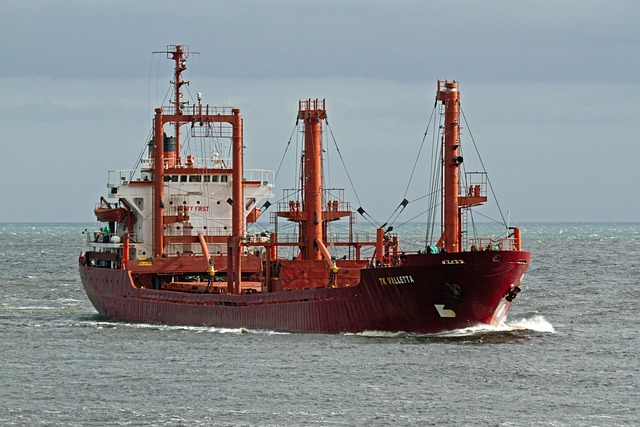Step-by-Step Guide to Earning Your Vessel Operator Credential
This article outlines the practical steps to obtain a vessel operator credential, covering essential topics such as training options, exam preparation, required documentation, and ongoing compliance. It is designed for individuals seeking clear guidance on navigation, safety, and certification processes.

Earning a vessel operator credential involves more than a single exam: it requires a blend of practical skill, documented training, and familiarity with safety and regulations. This guide walks through key stages—from building basic navigation and seamanship skills to meeting documentation and endorsement requirements—so you can approach certification with a clear plan. Throughout, the emphasis is on safety, compliance, and consistent training that prepares you for real-world maneuvers and responsible operation on the water.
What navigation knowledge is required?
Operators must understand fundamental navigation principles before seeking certification. This includes chart reading, plotting courses, using GPS and traditional compass bearings, and understanding tides and currents in your area. Practical maneuvers such as turns, stops, and close-quarters handling tie into navigation skills; being able to plot and follow a safe route reduces risk and supports compliance with local regulations. Hands-on practice in controlled conditions, combined with classroom or online theory, helps solidify navigation competencies necessary for the credential.
How does seamanship support safety?
Seamanship is the set of skills and judgment used to operate a vessel safely. Good seamanship covers engine checks, line handling, docking techniques, lookout procedures, and emergency responses. These practices directly affect safety: proper seamanship reduces incidents and helps you manage unexpected situations at sea. Training courses emphasize routine checks and safe maneuvers, while experience builds situational awareness. Demonstrating seamanship during practical assessments often forms part of certification and shows examiners that you can apply safety principles under real conditions.
What safety standards and regulations apply?
Safety requirements vary by jurisdiction but commonly include carrying life jackets, signaling devices, and appropriate firefighting and first-aid equipment. Regulations also dictate operational limits, operator age, and specific endorsements required for towing, passenger vessels, or commercial activities. Familiarize yourself with both national maritime rules and local services in your area for region-specific regulations. Compliance means knowing which documents must be onboard, understanding right-of-way rules, and staying current with legal requirements that affect how and where you may operate your vessel.
How to prepare for certification and the exam?
Certification typically combines written knowledge tests with practical assessments. Preparation should include structured training—classroom, online modules, or in-water instruction—that covers navigation, safety, maneuvers, and regulatory content. Review study materials for the exam format, practice sample questions, and log in-water hours if required. Practical training often tests docking, anchoring, man-overboard drills, and engine handling under examiner observation. Scheduling mock assessments with an instructor can reveal gaps and increase confidence before the formal exam and certification process.
What documentation and endorsements are needed?
Documentation commonly required includes proof of identity, medical certification if applicable, proof of completed training courses, and logbooks showing practical hours. Certain operations may need endorsements—additional qualifications recorded on your credential—for activities like towing, commercial carriage of passengers, or operating larger vessels. Keep originals and copies of certificates, and maintain a current log of maneuvers and training sessions. Verify local documentation rules: some authorities require notarized forms or specific class certificates from accredited training providers as part of the application.
How to manage compliance, renewal, and record keeping?
Once credentialed, maintaining compliance involves staying current with renewal deadlines, completing any mandated refresher training, and updating endorsements when your scope of operation changes. Renewals vary by region: some require periodic exams, currency demonstrations, or documented hours of operation. Maintain clear records—course certificates, medical clearances, and log entries—to support renewals and audits. Regularly review regulations and safety bulletins so your procedures and documentation remain aligned with evolving compliance standards and local requirements.
Conclusion
Obtaining a vessel operator credential combines practical training, mastery of navigation and seamanship, adherence to safety standards, and careful documentation. By following structured training, preparing for both written and practical exams, and maintaining records for endorsements and renewals, prospective operators can achieve and sustain credentialing that reflects responsible, compliant vessel operation. Consistent practice and attention to regulations help ensure safe outcomes on the water.






